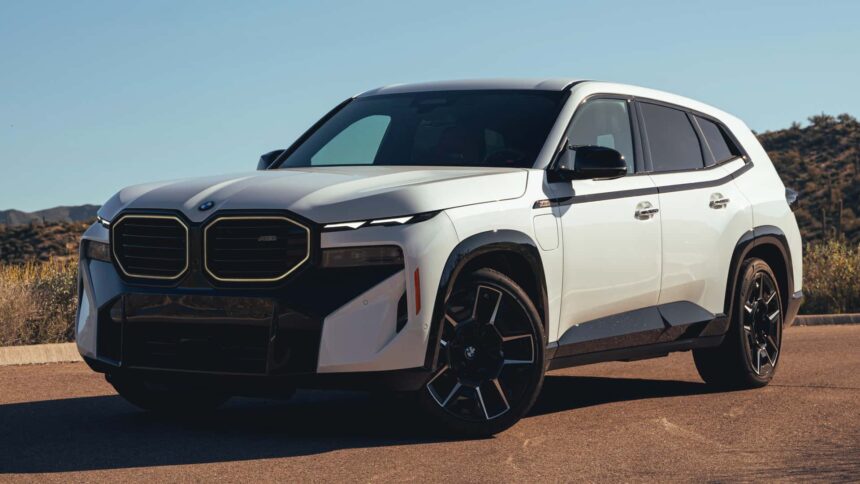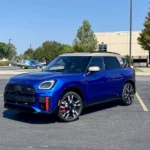There have been major changes within the BMW Group design teams starting from October 1st. While Adrian van Hooydonk remains the head honcho, Domagoj Dukec will no longer be responsible for designing future BMWs. Dukec, who famously stated that “good design is not about pretty or ugly,” has transitioned to Rolls-Royce to take on a similar role after leading the design team at BMW since April 2019.
Moving forward, BMW’s design responsibilities will be split between two key individuals. Maximilian Missoni, the former design chief at Polestar, will be in charge of designing models in the upper mid-size and luxury class, as well as upcoming BMW Alpina-badged vehicles. On the other hand, Oliver Heilmer, who has been leading the design team at Mini since 2017, will oversee the design of compact to mid-size cars and M models.
In addition to these changes, Claudia Braun has been appointed to lead a new cross-brand department for Color and Material Design for BMW, Mini, and Rolls-Royce. Christian Bauer will continue to lead the digital customer experience team.
Despite the mixed feedback on BMW’s recent designs, the company has seen record-breaking sales in 2023, delivering over 2.25 million cars. This success can be attributed to the diverse portfolio of combustion cars, plug-in hybrids, and EVs that cater to the premium segment.
While BMW’s focus on performance cars with manual gearboxes and the revival of models like the M5 Touring and Z4 roadster with a stick shift may appeal to traditionalists, the brand’s commercial success is largely driven by its crossover and SUV lineup. The X1, X7, and XM models have been particularly popular among consumers.
Although BMW’s current designs have been well-received in terms of sales, the company is gearing up for a design shake-up. The Neue Klasse concepts hint at a fresh styling direction for future BMW vehicles. While the newly appointed design leaders may not influence the upcoming models like the iX3 crossover or i3 sedan, their impact will likely be felt on vehicles slated for launch towards the end of the decade.
In conclusion, BMW’s design evolution reflects a shift towards modern trends and consumer preferences, while still honoring its heritage of performance and innovation. The upcoming changes in the design leadership signal an exciting new chapter for BMW’s design language and product lineup.







